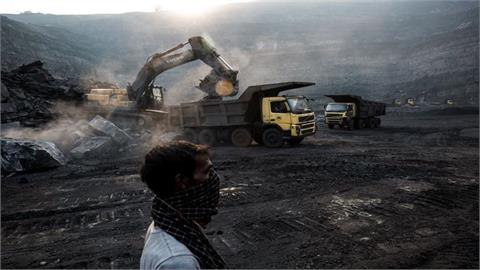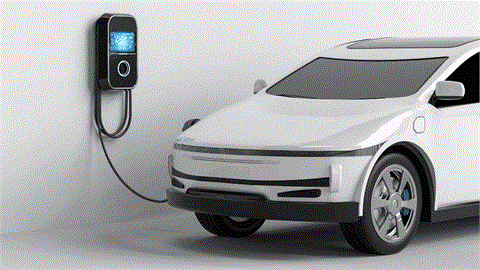With pressure mounting on the airline industry to play its part in combating greenhouse gas emissions, European manufacturer Airbus today announced plans for three emissions-free aircraft. The Toulouse-based planemaker said the models could enter commercial service by 2035.
"This is a historic moment for the commercial aviation sector as a whole and we intend to play a leading role in the most important transition this industry has ever seen,” said Airbus CEO Guillaume Faury. "The concepts we unveil today offer the world a glimpse of our ambition to drive a bold vision for the future of zero-emission flight. I strongly believe that the use of hydrogen – both in synthetic fuels and as a primary power source for commercial aircraft – has the potential to significantly reduce aviation’s climate impact.”
Best of three
 The
first of the three concept aircraft revealed features a turbofan design
and could transport 120-200 passengers and travel more than 3,700km,
the manufacturer claimed. The engines would be modified gas-turbines
that could run on hydrogen rather than conventional jet fuel. The
hydrogen would release its stored energy through combustion, rather than
reacting in a fuel cell.
The
first of the three concept aircraft revealed features a turbofan design
and could transport 120-200 passengers and travel more than 3,700km,
the manufacturer claimed. The engines would be modified gas-turbines
that could run on hydrogen rather than conventional jet fuel. The
hydrogen would release its stored energy through combustion, rather than
reacting in a fuel cell.
The aircraft, which appears similar to ordinary commercial planes, would also feature an embedded electric motor powered by hydrogen fuel cells, for use when extra power is necessary, according to the company presentation.
A second, fairly ordinary looking
airplane concept revealed by Airbus has a turboprop design which would
feature propeller-based  propulsion
instead of jet engines. That model could host up to 100 passengers and
would also use hydrogen combustion in modified gas turbines to generate
energy, with embedded electric motors similar to the design above. The
concept could travel almost 2,000km and would be used for short-haul
flights, according to Airbus.
propulsion
instead of jet engines. That model could host up to 100 passengers and
would also use hydrogen combustion in modified gas turbines to generate
energy, with embedded electric motors similar to the design above. The
concept could travel almost 2,000km and would be used for short-haul
flights, according to Airbus.

The third model revealed featured a blended-wing design, could carry 200 passengers and would have a range of almost 4,000km, as a relatively large fuselage would accommodate passengers and hydrogen. Here too, the Airbus anticipates using a combination of hydrogen combustion and fuel cell reaction to optimize the power supply.
(for further reading, visit www.pv-magazine.com)



